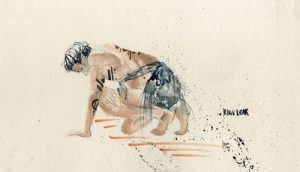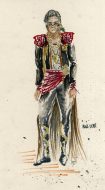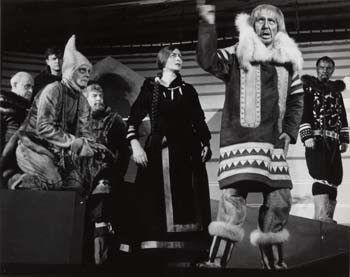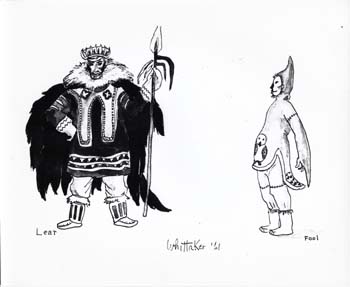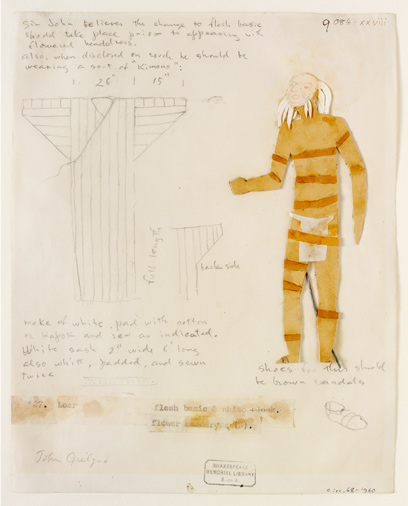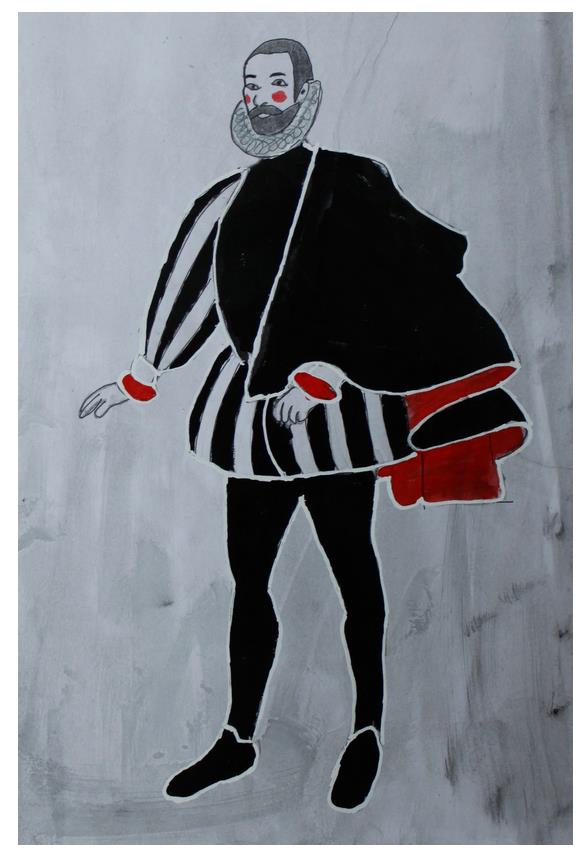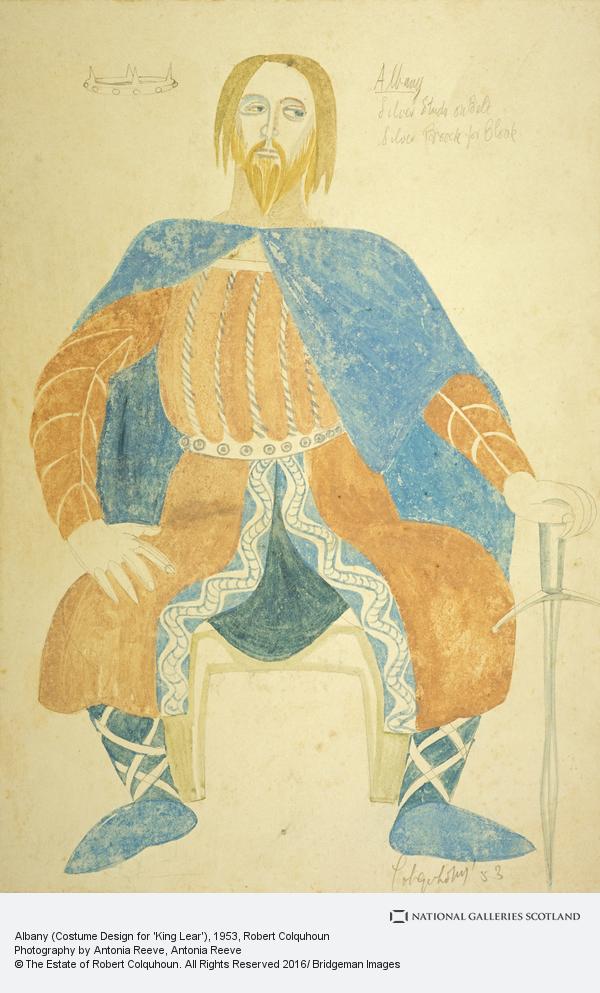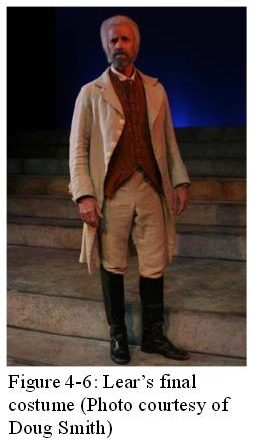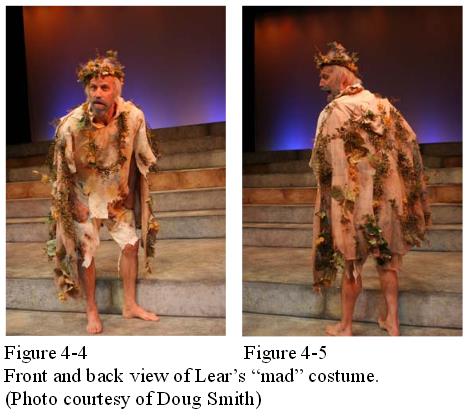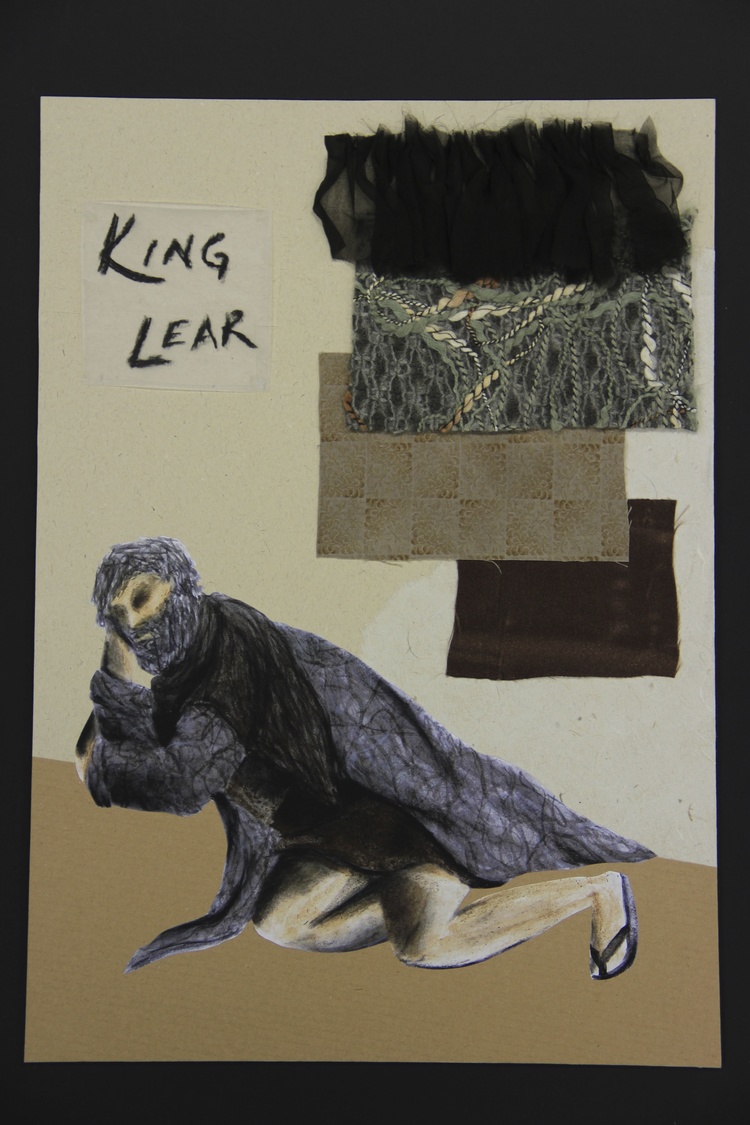By: Sydney Vollmer, ARB Intern
Since the beginning of theater, costumes have played a crucial role to the understanding and enjoyment of the stories. Over time, they have developed both in design and technique. It was the Greeks who first invented costumes, using them to differentiate between characters of different class. They were often ornate, with patterns and masks. Romans continued the tradition of costuming, but no major changes were made for hundreds of years. By the time Shakespeare came about, costuming had evolved so that actors would don whatever their character would wear in real life.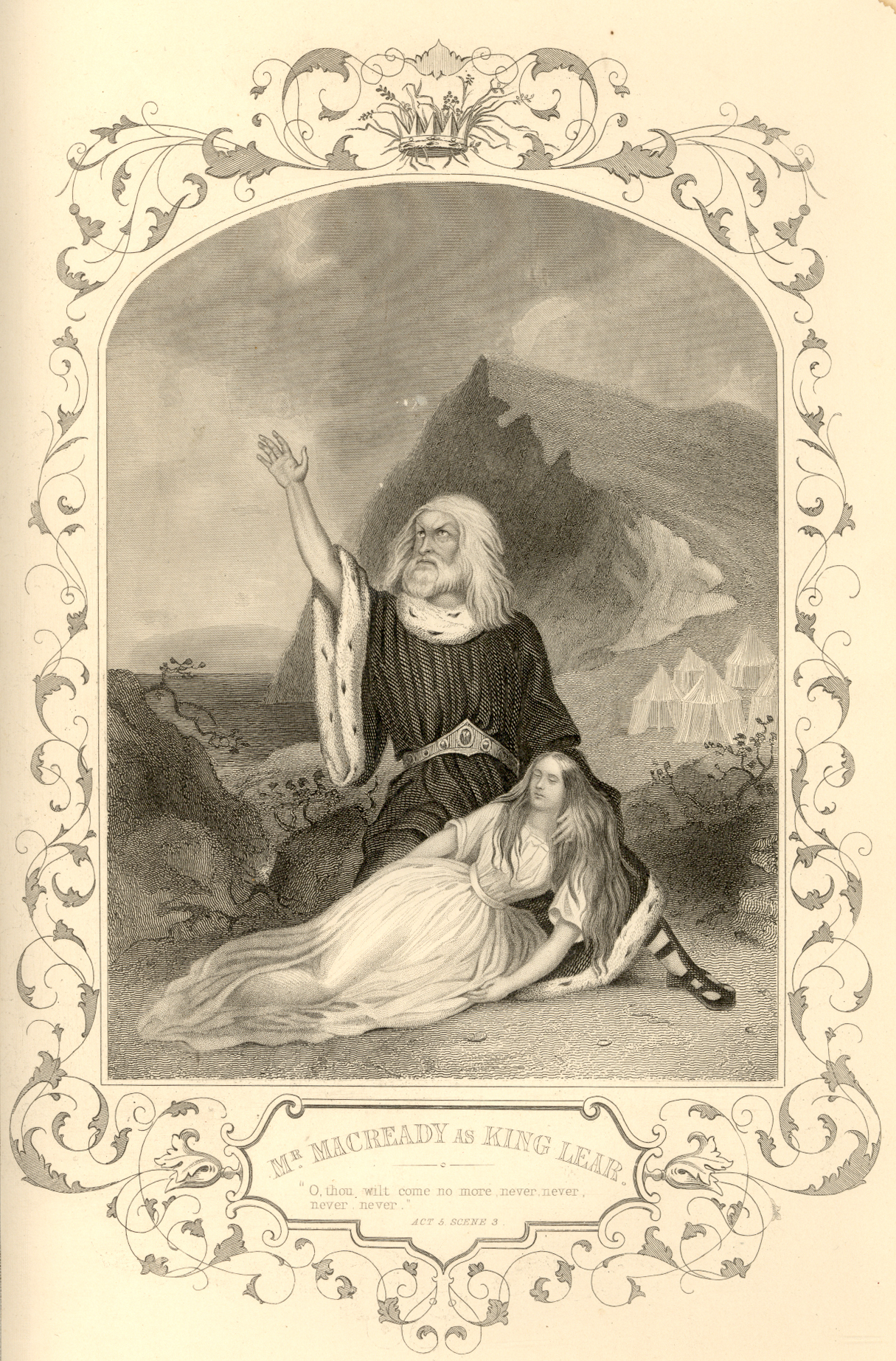
This often meant that less important actors would wear clothes from their personal wardrobes. If the play was set in ancient times, a toga might have been draped over any clothes the actor was wearing. Since all the actors were men, a female character would be distinguished by a long wig and use of other props. For less common costumes, such as a king’s cloak, an outfit might have been custom-tailored.
Today, costumes are a much bigger deal than ever before. In the largest of productions, no one is ever asked to bring their own clothes. There are new fabrics being used to increase breathability, movement, quick changes, and other factors that may need to be accommodated. Since costumes have to be seen from far distances, they are designed to be larger-than-life, which often involves distinct colors and patterns to separate characters from one another.
For a play such as King Lear, costuming has been important from the beginning. He’s one of the characters that would have had something specially designed. Multiple costumes were required to show both the physical changes as well as the social changes the character underwent. In the days of Shakespeare, the character might have worn heavy purple robes and a beautiful crown at the start of the play. Throughout time, there have been adaptations that were more ornate than Shakespeare’s and some that costumed Lear as a general in modern military rather than a king. Despite any changes that have been made to the character, there are some striking similarities between his costumes throughout time.
- Lear is almost always shown having a beard—usually white or grey.
- His initial costume is made of vibrant colors. They are sturdy and eye-catching garments.
- When Lear goes insane, all variations of the costume how him looking disheveled—usually wearing white or muted tones that have become dirty from wear.
- For the disheveled costume, the character rarely wears shoes.
- Lear’s final costume is more what a high-class commoner would wear—no matter the setting of the story.

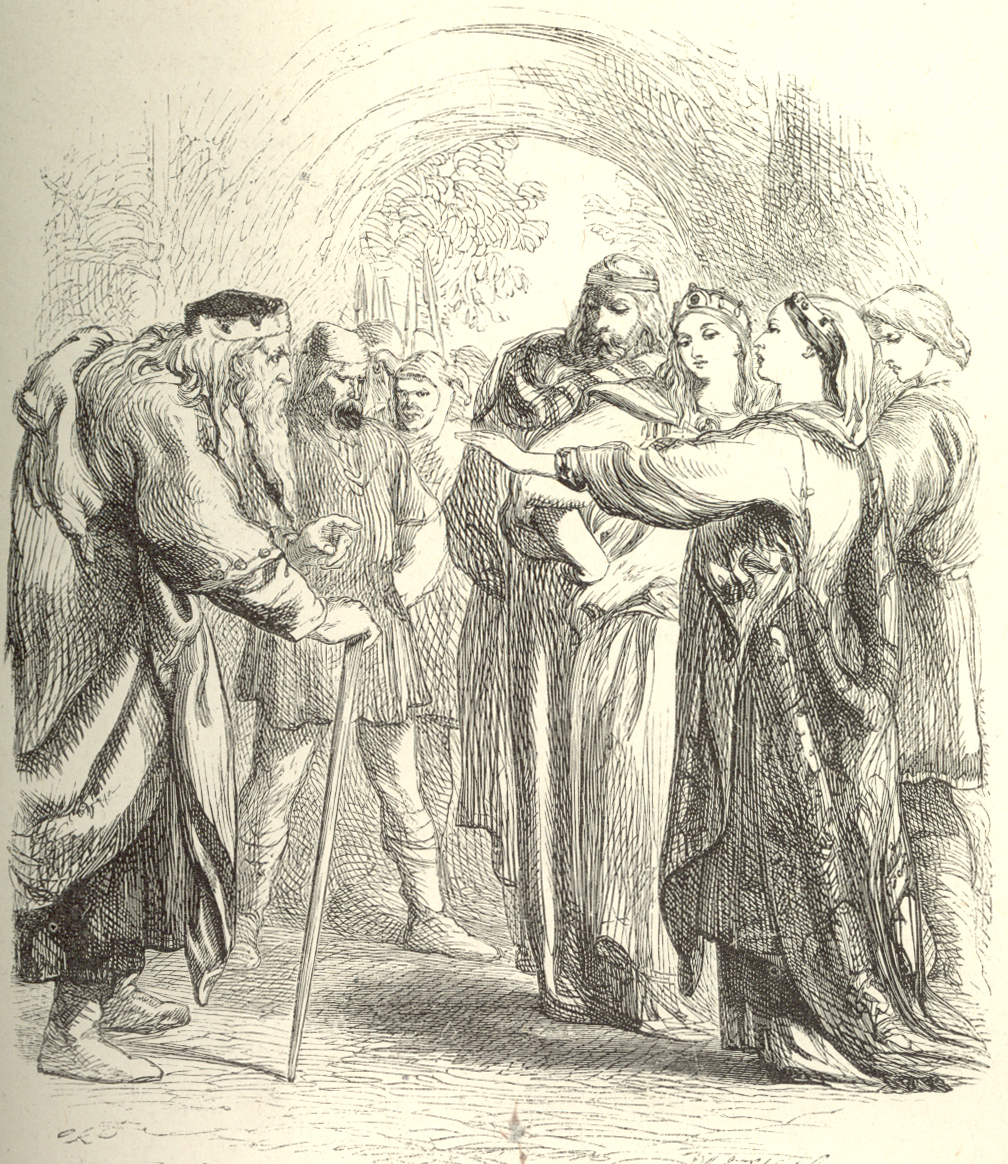
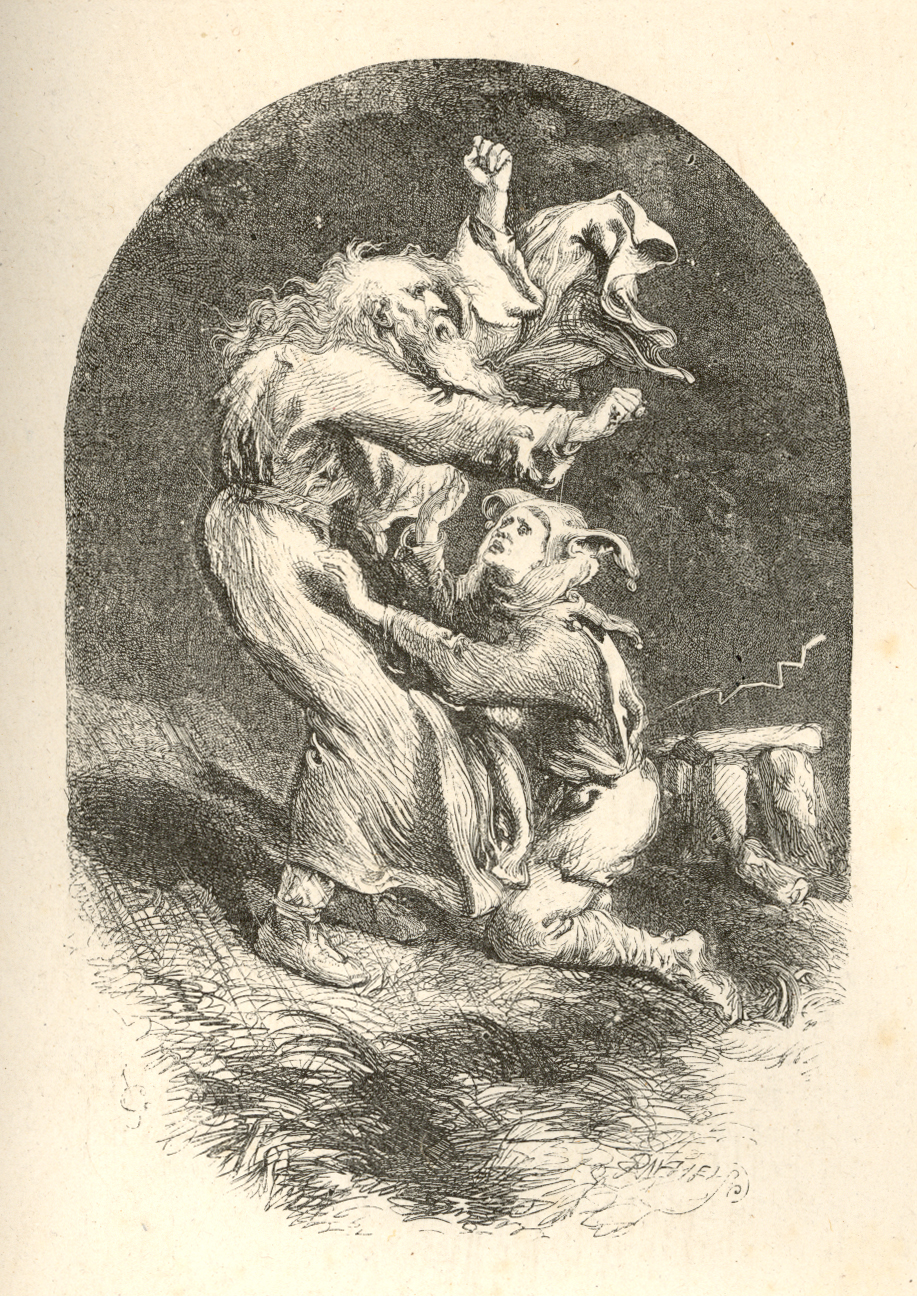 Being that the play was written and originally performed so long ago, we have few examples in our collection of the costumes as it first was. However, we have searched high and low and found some interesting images from costume designers around the world, dating back from the 1800s to present-day. Clicking on individual images will take you to the site on which they were found. Please enjoy the gallery of costumes, and come into the library to see how the text of the play has changed over time through our multiple volumes of this play. We are here from 8am-5pm Monday through Friday. We are located on the 8th floor of Blegen Library. You can call us at 513-556-1959 to schedule an appointment or email us at archives@ucmail.uc.edu. Please check out our Facebook page for daily posts!
Being that the play was written and originally performed so long ago, we have few examples in our collection of the costumes as it first was. However, we have searched high and low and found some interesting images from costume designers around the world, dating back from the 1800s to present-day. Clicking on individual images will take you to the site on which they were found. Please enjoy the gallery of costumes, and come into the library to see how the text of the play has changed over time through our multiple volumes of this play. We are here from 8am-5pm Monday through Friday. We are located on the 8th floor of Blegen Library. You can call us at 513-556-1959 to schedule an appointment or email us at archives@ucmail.uc.edu. Please check out our Facebook page for daily posts!

